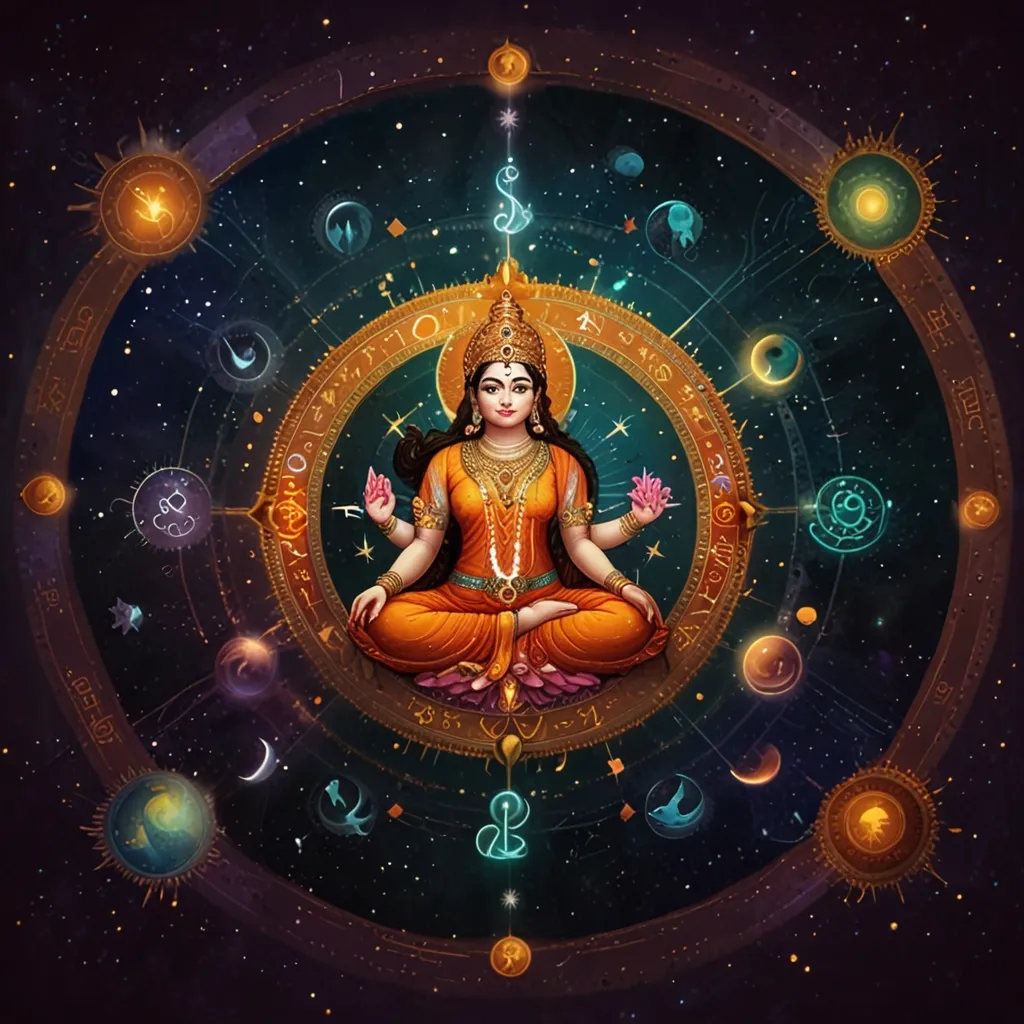In the intricate web of yogic anatomy, there exists a central energy channel that often remains in the shadows of mainstream discussions, yet it is pivotal in the journey to spiritual awakening and cosmic connection. This channel is known as the Sushumna Nadi, a subtle pathway that bridges the physical and spiritual dimensions of our being.
To understand Sushumna Nadi, we must first delve into its origins and its relationship with other key energy channels in the body. According to ancient yogic texts, Sushumna Nadi begins at the base of the spine, in the Muladhara Chakra, and ascends straight up the length of the spinal cord, passing through each of the seven chakras before reaching the crown of the head, the Sahasrara Chakra. This central nadi is flanked by two other major channels: the Ida Nadi on the left and the Pingala Nadi on the right.
The Ida and Pingala nadis are often described in terms of their symbolic and functional opposites. The Ida Nadi, associated with the moon and the feminine principle, is said to be cooling and nurturing, while the Pingala Nadi, associated with the sun and the masculine principle, is heating and energizing. These two nadis crisscross each other and the Sushumna Nadi at various points along the spine, forming the chakras, or energy centers, that are so central to yogic practice.
The Sushumna Nadi, however, is unique. It is the channel through which the kundalini energy, often depicted as a dormant serpent coiled at the base of the spine, rises to achieve spiritual awakening. Kundalini energy is considered the highest form of prana, or life force, and its awakening is a key goal in many yogic and tantric practices. When this energy is awakened, it ascends through the Sushumna Nadi, piercing each of the chakras and ultimately merging with the divine at the Sahasrara Chakra.
This journey of kundalini energy through the Sushumna Nadi is not just a metaphorical or spiritual concept; it has tangible effects on the practitioner. As the kundalini rises, it can awaken various psychic phenomena, such as inner sounds, special visions, and profound insights. Practitioners may experience clairvoyance, telekinesis, telepresence, and telepathy, among other extraordinary abilities known as vibhutis.
The activation of the Sushumna Nadi is a complex process that requires specific yogic practices. Techniques such as pranayama (breath control), mudras (yogic seals), and meditation are designed to devitalize the Ida and Pingala nadis and open up the Sushumna Nadi. This allows the prana to flow through the central channel, facilitating the rise of kundalini energy. For instance, certain mudras can trap prana and direct it towards the Sushumna Nadi, while specific breathing practices can balance the flow of energy through the Ida and Pingala nadis, preparing the body for the ascent of kundalini.
The significance of the Sushumna Nadi extends beyond individual spiritual growth; it also reflects a broader cosmological view. In yogic philosophy, the human body is seen as a microcosm of the universe, with the Sushumna Nadi acting as the axis mundi – the central axis connecting earth and heaven. This concept is echoed in the symbolism of the Shri Yantra, where the upward and downward-facing triangles represent the union of Shiva and Shakti, mirroring the ascent and descent of energy through the Sushumna Nadi.
In practical terms, understanding the Sushumna Nadi can deepen our meditation practices and energy work. For example, during meditation, focusing on the breath and visualizing the energy rising through the Sushumna Nadi can help in awakening the kundalini. This process is often described as feeling a surge of energy or a sensation of heat rising up the spine.
The Sushumna Nadi is also associated with the concept of Triveni Sangamam, or the confluence of three rivers. Here, the breath through the right nostril is likened to the Ganga, the breath through the left nostril to the Yamuna, and the rising Sushumna Nadi to the mystical Saraswati. This confluence symbolizes the balance and harmony achieved when the energies of the Ida, Pingala, and Sushumna nadis are aligned.
In temples across India, the consecration of Naga deities – often depicted as snakes – is a practice that reflects the importance of the Sushumna Nadi. These deities represent the Ida, Pingala, and Sushumna nadis, with the Sushumna Nadi symbolized by a thin channel passing through the two snakes. This custom underscores the ancient understanding of the dormant spiritual faculties within the human body that await awakening.
The journey through the Sushumna Nadi is not without its challenges. Various yogic texts describe different models and interpretations of how this energy should be awakened and directed. Some schools of yoga view the kundalini as a supreme energy that must be stimulated to rise, while others see it as a blockage that needs to be overcome before prana can ascend. Despite these differences, the common thread is the importance of the Sushumna Nadi as the royal road to enlightenment.
In conclusion, the Sushumna Nadi is more than just a central energy channel; it is a gateway to higher consciousness and a bridge between the physical and spiritual realms. By understanding and working with this subtle pathway, practitioners can achieve a profound balance within themselves, align their inner energies, and embark on a journey of spiritual awakening that reflects the ancient wisdom of yogic anatomy. Whether you are a seasoned yogi or a curious seeker, exploring the Sushumna Nadi offers a rich and rewarding path to inner growth and cosmic connection.






